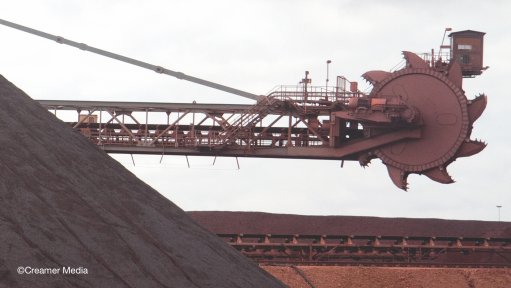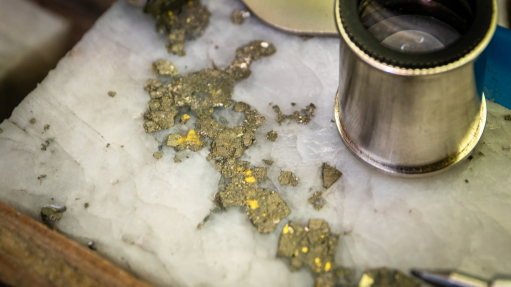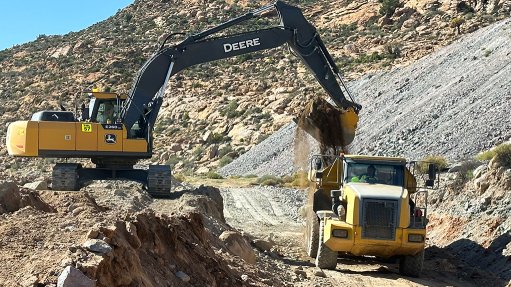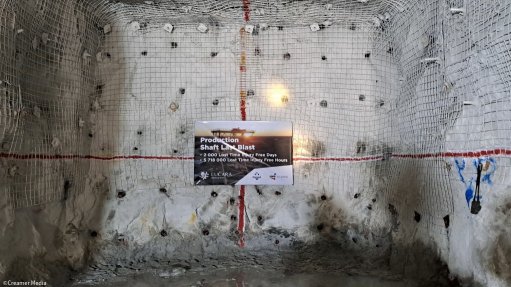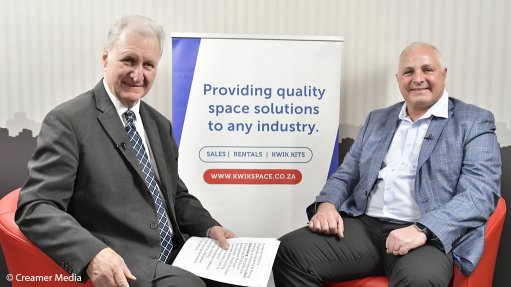Keeping chutes working when speeding up conveyors

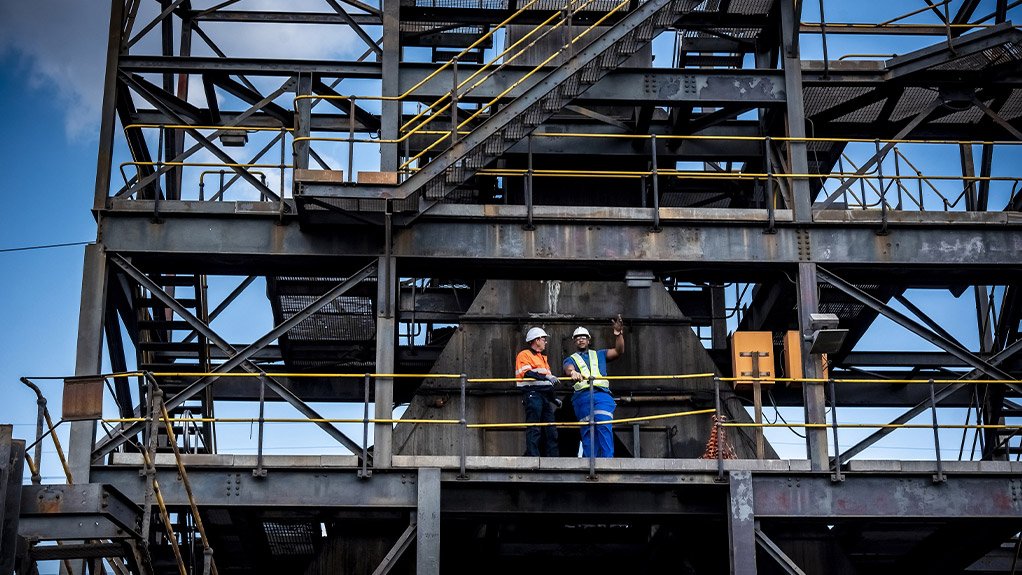
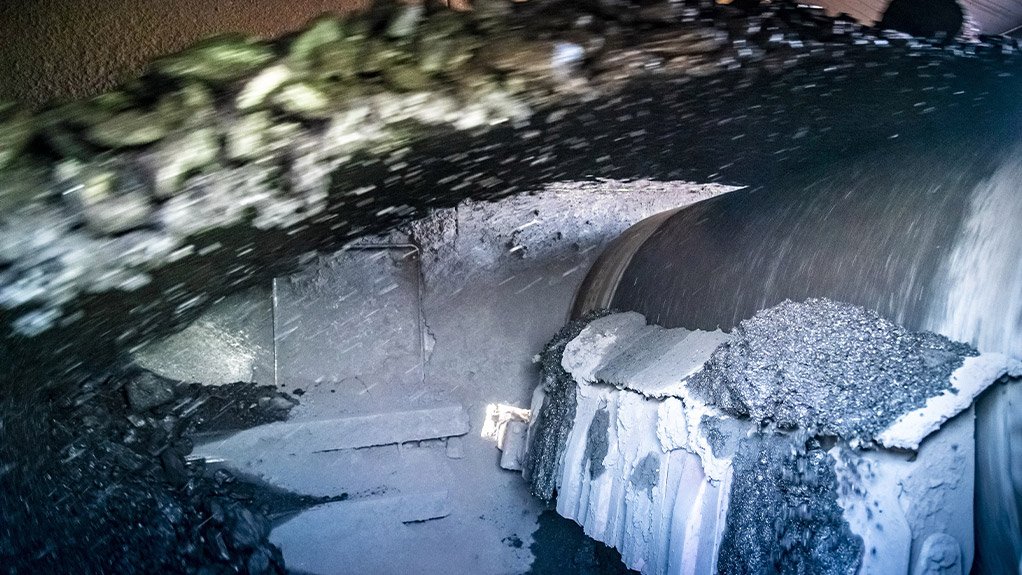
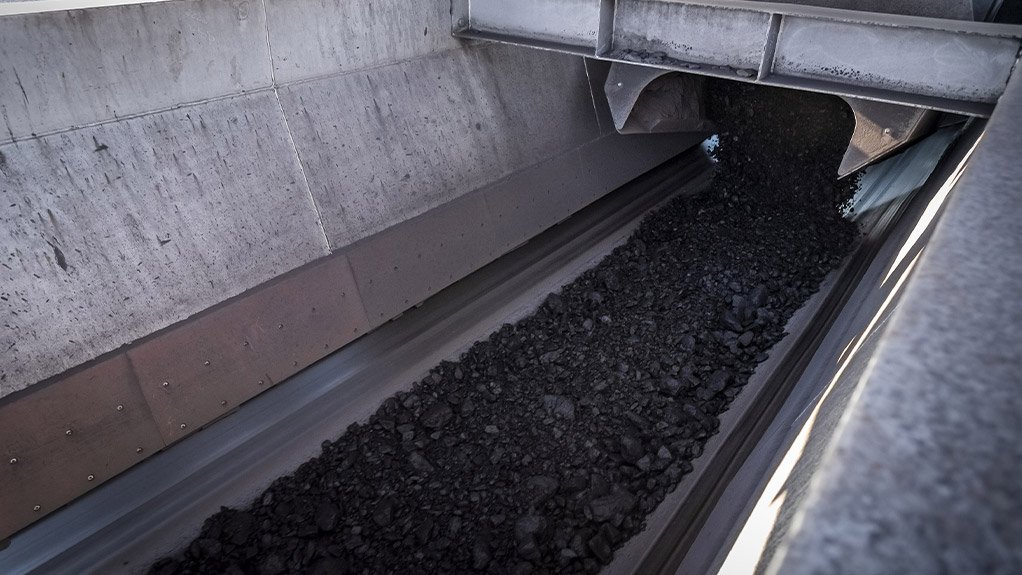
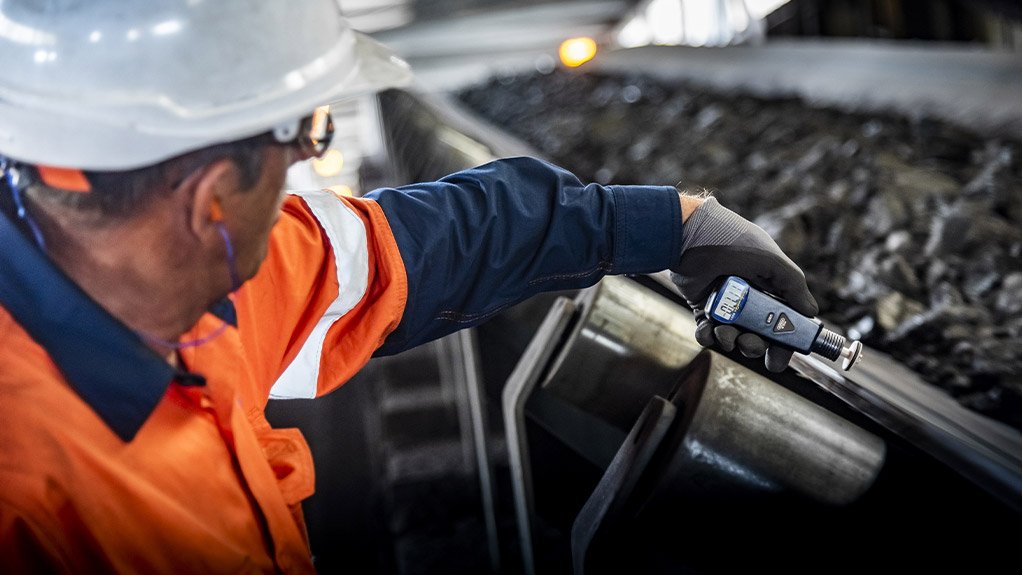
A large coal handling transfer chute designed by Weba Chute Systems to manage varying load conditions
The trajectory of material inside a transfer chute is crucial to maintaining efficient flow and reducing wear
Material being fed onto an outgoing belt in a coal application, demonstrating the importance of correct chute design
A technical advisor from Weba Chute Systems measures belt speed to ensure optimal material flow and minimal impact on the transfer chute
This article has been supplied.
In the mining environment, chutes are generally designed to manage some variance in the loads being transported by conveyor systems – but drastic changes in conveyor belt speeds can introduce complications.
According to Dewald Tintinger, Technical Manager at Chute Systems, chutes are designed with the width of the conveyor belt in mind – accommodating the various levels of loading on these belts. Changing the speed of the belt significantly, however, can affect not only the volume of material entering the chute, but the first point of contact in the chute as the material leaves the belt.
“The speed of the conveyor belt has a direct impact on the trajectory of material when it reaches the chute,” says Tintinger. “When changing the belt speed from 2,5 m/s to 3 m/s, for example, the chute would easily accommodate this. However, if the speed was doubled, this would change the trajectory so that the material impacts a different point in the conveyor, and at a different angle.”
He explains that Weba Chute Systems adopts a customised approach to each chute’s specific application, modelling the flow of material to guide the final design. Among the calculations is the initial velocity of the material leaving the conveyor belt, and the precise impact point on the inside wall of the chute.
Using the dead box principle to optimise material-on-material flow, the position of the first dead box in the chute will match this impact point. A higher speed of material will start to straighten the trajectory and change the impact angle.
“As the impact angle approaches 90 degrees, there is a risk that material flow could stall,” he says. “Rather than slowing down on impact and then accelerating downward towards the discharge point, the material could start backing up and clog the chute.”
While some chute manufacturers introduce platework to bend the trajectory of material, this adds to the wear on the chute. Weba Chute Systems generally applies its full cascade designs, using dead box sections to reduce the impact and speed.
“The change of angle of material onto the first dead-box will not necessarily change the flow pattern, but it is likely to affect the speed of material through the chute,” says Tintinger. “It is therefore important to check the chute’s capacity to still allow enough material to pass through smoothly.”
Comments
Press Office
Announcements
What's On
Subscribe to improve your user experience...
Option 1 (equivalent of R125 a month):
Receive a weekly copy of Creamer Media's Engineering News & Mining Weekly magazine
(print copy for those in South Africa and e-magazine for those outside of South Africa)
Receive daily email newsletters
Access to full search results
Access archive of magazine back copies
Access to Projects in Progress
Access to ONE Research Report of your choice in PDF format
Option 2 (equivalent of R375 a month):
All benefits from Option 1
PLUS
Access to Creamer Media's Research Channel Africa for ALL Research Reports, in PDF format, on various industrial and mining sectors
including Electricity; Water; Energy Transition; Hydrogen; Roads, Rail and Ports; Coal; Gold; Platinum; Battery Metals; etc.
Already a subscriber?
Forgotten your password?
Receive weekly copy of Creamer Media's Engineering News & Mining Weekly magazine (print copy for those in South Africa and e-magazine for those outside of South Africa)
➕
Recieve daily email newsletters
➕
Access to full search results
➕
Access archive of magazine back copies
➕
Access to Projects in Progress
➕
Access to ONE Research Report of your choice in PDF format
RESEARCH CHANNEL AFRICA
R4500 (equivalent of R375 a month)
SUBSCRIBEAll benefits from Option 1
➕
Access to Creamer Media's Research Channel Africa for ALL Research Reports on various industrial and mining sectors, in PDF format, including on:
Electricity
➕
Water
➕
Energy Transition
➕
Hydrogen
➕
Roads, Rail and Ports
➕
Coal
➕
Gold
➕
Platinum
➕
Battery Metals
➕
etc.
Receive all benefits from Option 1 or Option 2 delivered to numerous people at your company
➕
Multiple User names and Passwords for simultaneous log-ins
➕
Intranet integration access to all in your organisation










